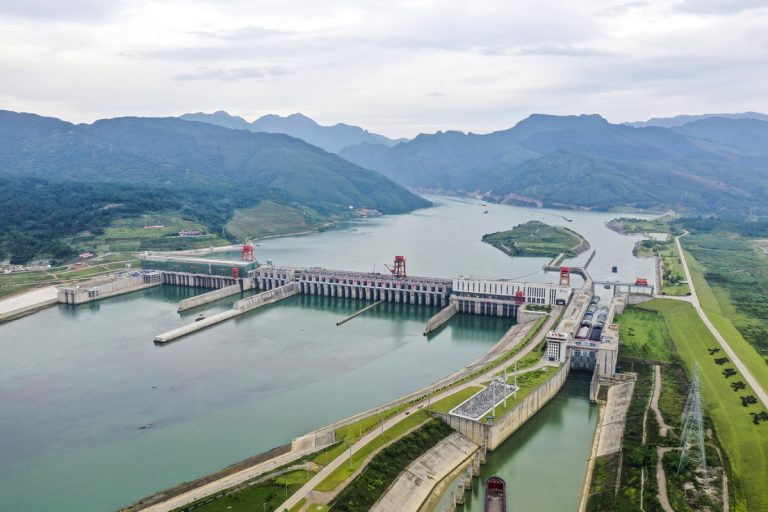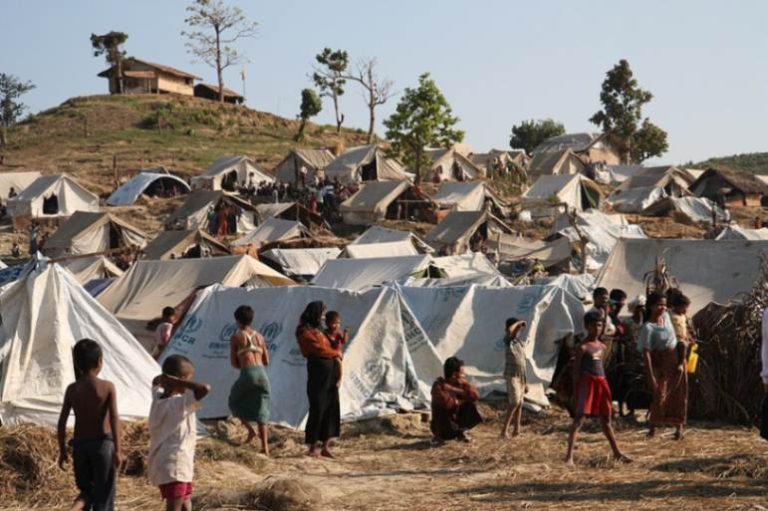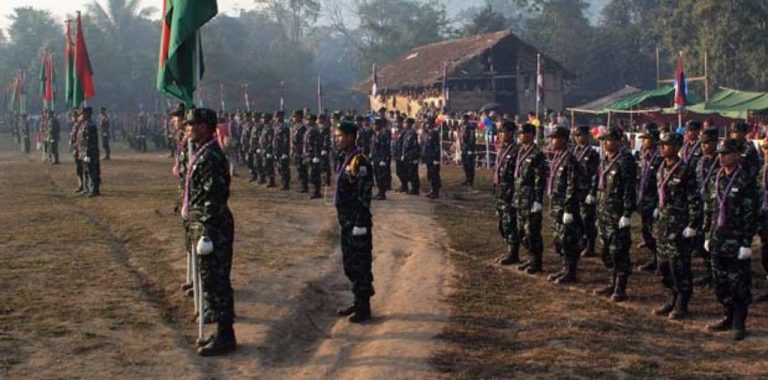
You may hear the phrase ‘Sleepy Joe Biden,’ which is often used by Donald Trump. By addressing Joe Biden as ‘Sleepy,’ Trump aims to suggest that Biden is too old to govern a country like the USA. However, Trump himself is 77, and Joe Biden is 81. It is almost certain that the 2024 Presidential Election in the USA will be a rematch of 2020, meaning it will be Joe Biden versus Donald Trump again. If this happens as anticipated, it will feature the two oldest major-party presidential nominees ever. This reflects the image of the USA, a country often seen as highly progressive in many aspects. When looking at countries in the global south, a similar pattern emerges. Leaders in the global south are also older: the Prime Minister of India, Narendra Modi, is 74; the Prime Minister of Pakistan, Shehbaz Sharif, is 72; the President of Nigeria, Bola Ahmed Tinubu, is 72; the President of Russia, Vladimir Putin, is 71; and the President of China, Xi Jinping, is 70. It is clear that prominent leaders from both the global south and the global north are older.
More than half of the world at this point lives in a country where leaders are over 70, and those leaders are on average more than 40 years older than the population’s median age. What is it means for policies and political engagement around the globe?
First we need to understand why there is such age gap between voters/citizens and leaders. Over the last two or three decades, the age gap between leaders and the general population has been increasing. In our modern, fast-paced world, driven by rapid technological advancements, individuals must continuously adapt and acquire new skills. Despite these demands, we see a notable lack of young leaders in positions of power.
This raises the question: Are older leaders capable of effectively governing in such a dynamic environment? Why is there less participation from younger generations in leadership roles?
One possible explanation lies in the advancements in healthcare and technology. Over the past few decades, life expectancy has increased, and mortality rates have decreased. These changes have allowed people to remain active in their professional roles for longer periods, thus widening the age gap between leaders and the younger population.
Understanding this dynamic is crucial for developing policies that are suitable and effective for the current era. As the world continues to evolve rapidly, it is essential to consider whether our leadership reflects the skills and adaptability needed to navigate these changes.
The rise of autocracy is another factor contributing to the significant age gap between median age citizens and their leaders. In countries like Russia and China, leaders such as Putin and Xi, who are both over 70 years old, have strengthened their grip on power and show no signs of being overthrown. These two nations are also among the most populous globally. According to the research institute V-Dem, 35% of the world’s population resides in countries that are becoming more autocratic. This trend significantly contributes to the age disparity between the general population and their older leaders.
In autocratic regimes, the usual methods for leadership change, such as fair elections or term limits, are often weakened or absent. This results in older leaders staying in power far longer than they would in more democratic systems, creating a significant age gap between the aging leadership and the typically much younger median population. This disparity leads to a disconnect between the leadership and the general populace, with younger citizens feeling that their needs and perspectives are not adequately represented by long-entrenched older leaders. This disconnect has profound implications, influencing policy decisions, national priorities, and the overall vitality of political and social systems in these countries.
But what about non-autocratic countries, or the proper democratic countries? Why there are also age disparities can be seen?
In non-autocratic or properly democratic countries, age disparities can still be observed. In democratic nations, it’s challenging for young individuals to compete in elections due to various factors. One significant barrier is the financial aspect; running a campaign requires considerable funds, which many young candidates struggle to raise, particularly if they don’t come from wealthy backgrounds. Consequently, the wealthiest youth might not be interested in politics, leaving the field dominated by older candidates.
From a practical perspective, it’s often the younger generation who can better address current issues and formulate relevant policies. However, due to the lack of financial support, they find it difficult to enter the political arena. This scenario is commonplace in regions like Asia and Africa.
Younger politicians encounter significant obstacles, including limited funding and a lack of political connections. They often cannot compete with the resources and networks established by older politicians over many years. Additionally, with populations aging, older voters tend to favor candidates who reflect their own experiences and values. Younger politicians are often viewed as inexperienced or as taking away opportunities from more seasoned candidates. Some individuals may not endorse young candidates due to personal beliefs or because they perceive them as inadequately prepared for the role.
The aging leadership landscape and the resultant older candidate pool have led to concerning consequences. With older leaders dominating the political scene, younger generations often feel disconnected from elections and state policies, posing a threat to global political engagement. Numerous surveys conducted by various institutions consistently reveal alarmingly low voter turnout among young people across almost every country. In response, leaders and nations are actively urging young voters to participate more actively in politics. Some leaders, like Joe Biden, have even taken to platforms like TikTok to tap into youthful energy, while others, such as Narendra Modi, are leveraging platforms like Twitter. Modi recently made headlines by recognizing and engaging with content creators on social media platforms. However, these efforts alone are insufficient; there’s an urgent need to enhance young people’s participation in politics.







